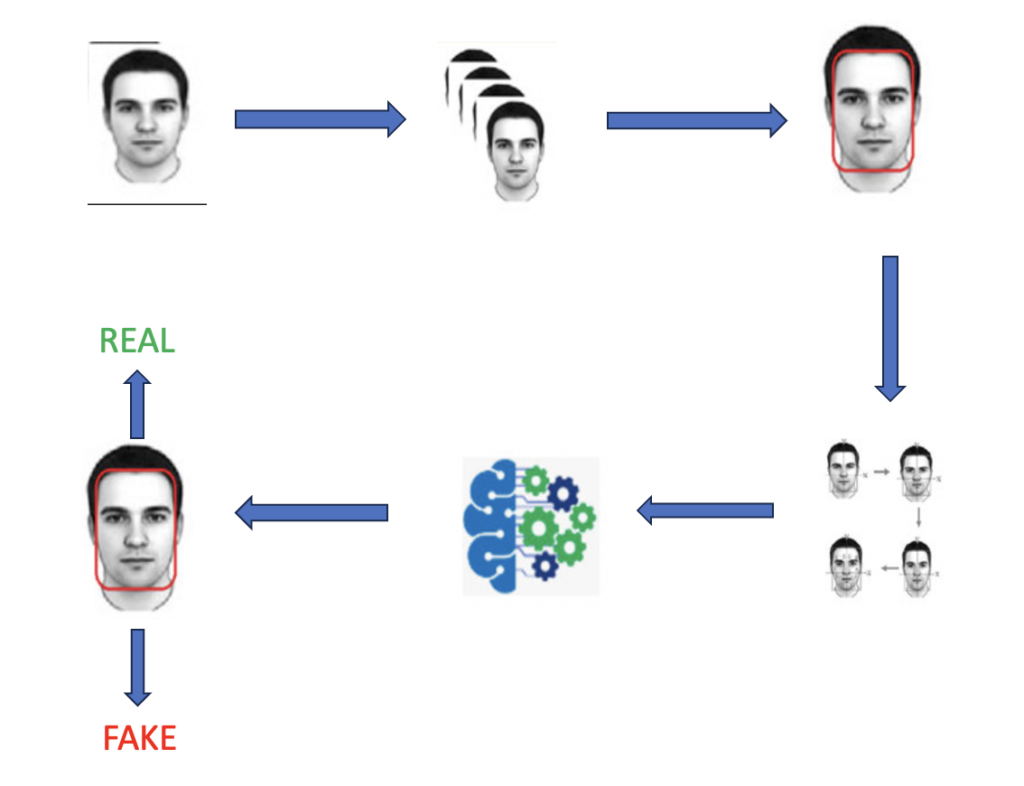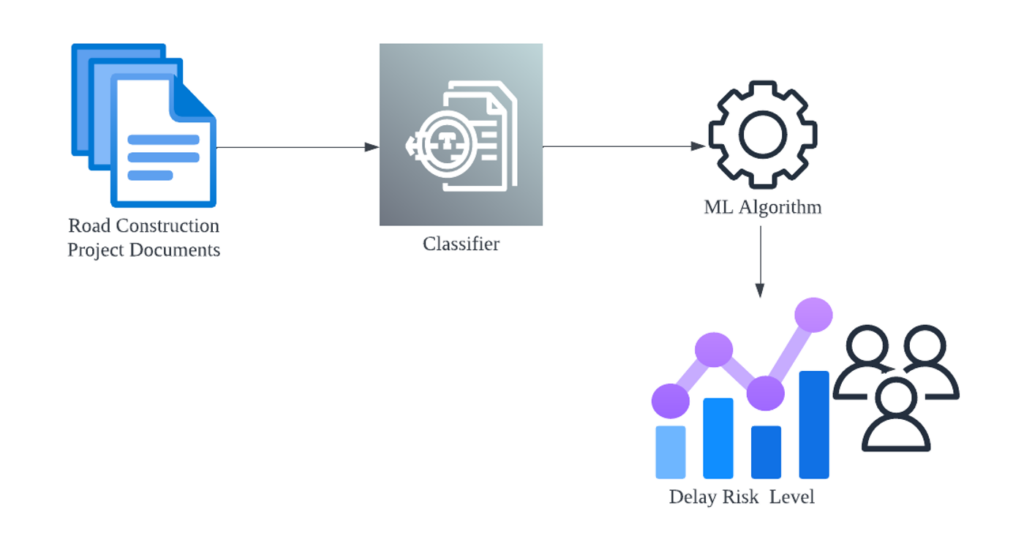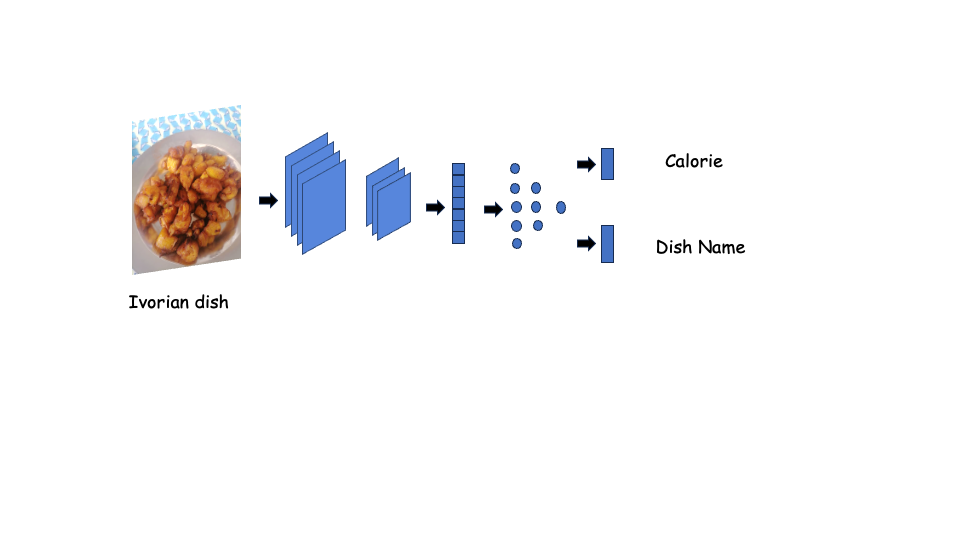AI for Social Issues
Members
Florence, Ebrima, Ezoa, Imanishi, Komori, Suzuki, Huang
Summary
The business applications of artificial intelligence (AI) have been all over the news. Industries from manufacturing to insurance are implementing ways to utilize artificial intelligence, sometimes alongside other emerging technology like machine learning. In addition to businesses, AI can have a significant impact on real-world social challenges and the potential to bring valuable solutions to various societal issues. Some projects in our lab weigh in on how innovative applications of AI can be used to combat some of the seemingly unsolvable social crises facing the world today.
One of these projects consist of developing a deepfake video detection system for criminal evidence verification for law enforcement agencies. Deepfake videos and images are created with the help of Generative Adversarial Networks which are deep learning architectures aimed creating high-quality and realistic videos that can deceive its audience by swapping the original personality with a fake one in the manipulated video. It is becoming rampant in society and is already causing a menace to innocent people in malicious use cases such as deepfake pornographic videos, political discords, and crime evidence manipulation videos. This research is aimed at providing the law enforcement entities with a reliable tool to detect whether video exhibits tendered as evidence in a criminal justice proceeding are fake or real.

Another one consists of utilizing Natural Language Processing techniques of Question and Answering using Bidirectional Encoder Representations from Transformers to detect delay risk sources from unstructured project documents. Delay risk in construction projects is one global phenomenon experienced by the public sector causing socio-economic challenges. The main objective of this research is to eradicate this challenge by creating an Artificial Intelligence (AI) system that can predict and analyze this risk before its occurrence.

The last one consists of using deep learning algorithms and building a mobile system to recognize and calculate calories inside Africa images foods in order to help people know what kind of food they eat every day and what can be their consequences on their health.


